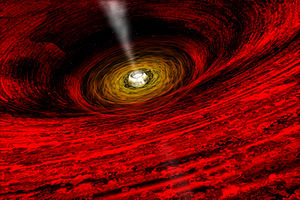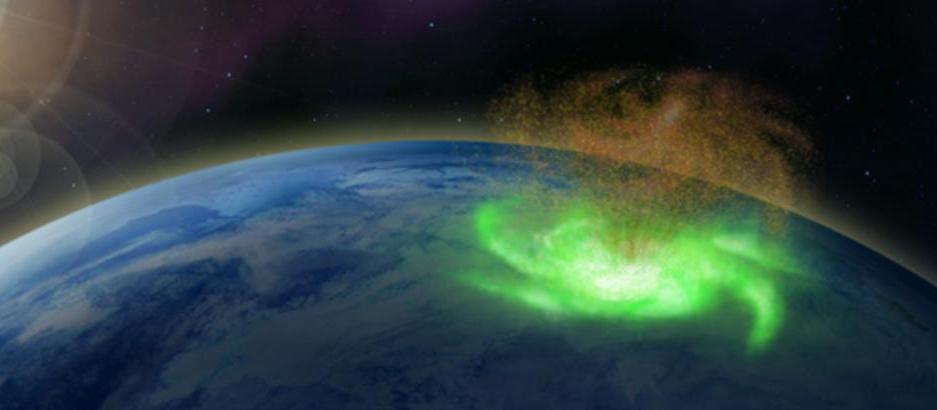- Thread starter
- #81
Wolf-Rayet stars

WR 124
Charles Wolf and Georges Rayet discovered three stars with emission bands in 1867 using a 40cm Foucault telescope at the Paris Observatory. Stars absorb energy at different frequencies but stars that emit gas that include a sequence of helium and nitrogen or another sequence of helium, oxygen and carbon, were something unusual. These stars were then named Wolf-Rayet stars from the astronomers that discovered them.
WR 124
Charles Wolf and Georges Rayet discovered three stars with emission bands in 1867 using a 40cm Foucault telescope at the Paris Observatory. Stars absorb energy at different frequencies but stars that emit gas that include a sequence of helium and nitrogen or another sequence of helium, oxygen and carbon, were something unusual. These stars were then named Wolf-Rayet stars from the astronomers that discovered them.






